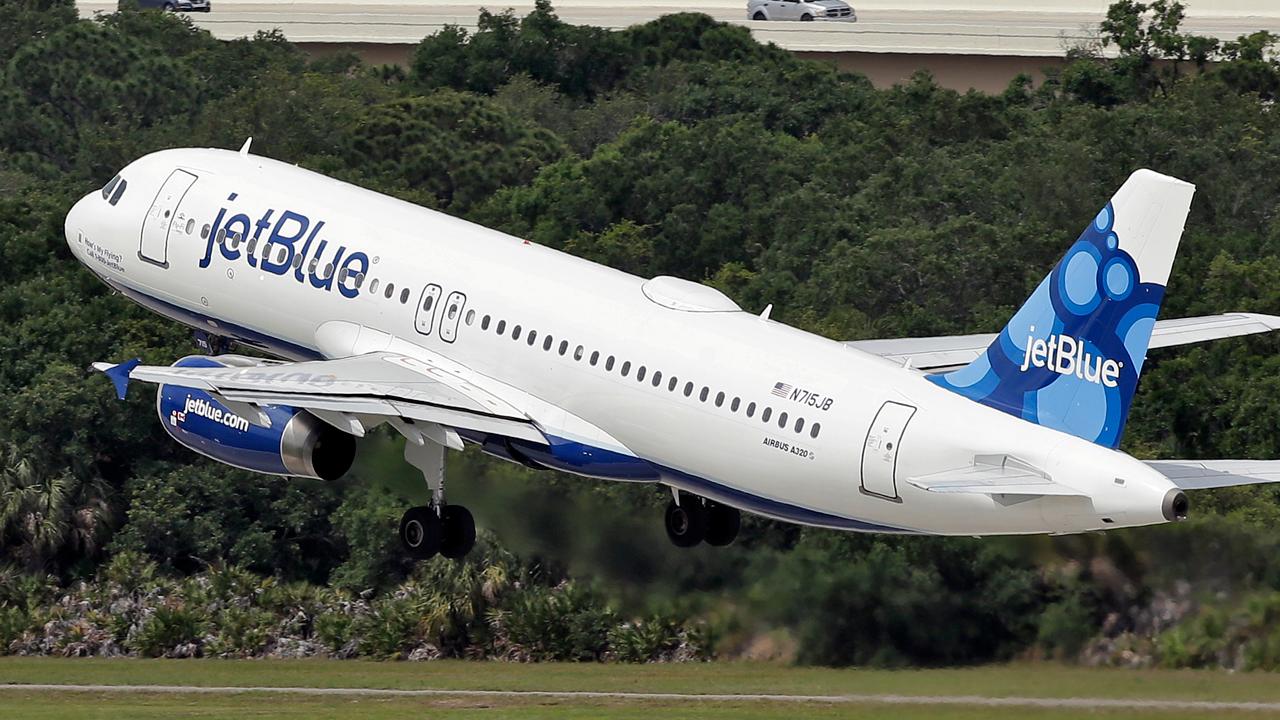Airlines and passengers to benefit from pilotless planes, says new study
In an era when the airline industry is on the brink of a pilot shortage and technology is king, passengers still aren’t very keen on flying on a pilotless plane—even though it could save them money.
According to a study of 8,000 consumers by UBS, 54% of respondents said they were “unlikely” take a flight aboard an aircraft without pilots behind the controls while 17% of people said they would try it.
However, an 11% saving could be passed onto U.S. passengers, assuming there were no added costs for flying pilotless and the air carriers don’t keep the benefits, UBS’s research said. Despite the potential savings, half of those who responded to the study still said they wouldn’t purchase a ticket on a flight without a pilot, even if it was cheaper.
Flyers from the U.S. were the largest group willing to take to the skies on a plane run solely on technology at 27%, compared to other countries, whereas respondents from France and Germany were the least likely to fly on a plane without a pilot. The demographic of respondents that would most likely fly on a pilotless flight were 18-34 year-olds who were “more educated.”
Additionally, the UBS study found that transitioning to pilotless aircraft, which has the potential to begin in 2025 in both passenger and cargo planes, could save the airline industry more than $30 billion. Commercial carriers could save on fuel gains related to better-optimized flight paths. The International Air Transport Association (IATA), the trade association for the world’s airlines which represents roughly 275 carriers, forecasts the fuel bill for airlines will total $129 billion, representing 18.8 percent of average operating costs, as prices for jet fuel have begun to rise in tandem with oil prices. The research also surmised that airlines could “potentially benefit” from lower operating and crew costs.
Also, the study suggests safety would improve if pilots were removed from the flight deck—citing the majority of accidents are due to human error— and therefore driving down the cost of insurance premiums.
Furthermore, airplane maker Boeing estimates that the world will need more than 630,000 new pilots by 2036. By eliminating the use of pilots, the “pressure to train and recruit” aviators could be alleviated. The training required to become a pilot for a commercial airliner can run in the hundreds of thousands of dollars. For example, JetBlue Gateway Select pilot training program, which provides instruction for aspiring pilots for a career at the airline, costs about $125,000. UBS’s data sees potential savings from pilot training being in the billions of dollars.
But the savings would not only be tied to the commercial airline sector. Both the business jet and civil helicopter industries could reap the benefits of up to $3 billion and $2.1 billion, respectively.
UBS’s study also said that if the reduction from an aircraft being piloted by two aviators was too abrupt over the next 10-20 years, there could first be a move to having only one pilot in the cockpit and one on the ground.
Of course, there are also potential hurdles that could keep this from becoming reality. The study said “regulatory framework will define the waves of technology advancements becoming reality and cargo will likely be at the forefront,” along with consumer perception.




















